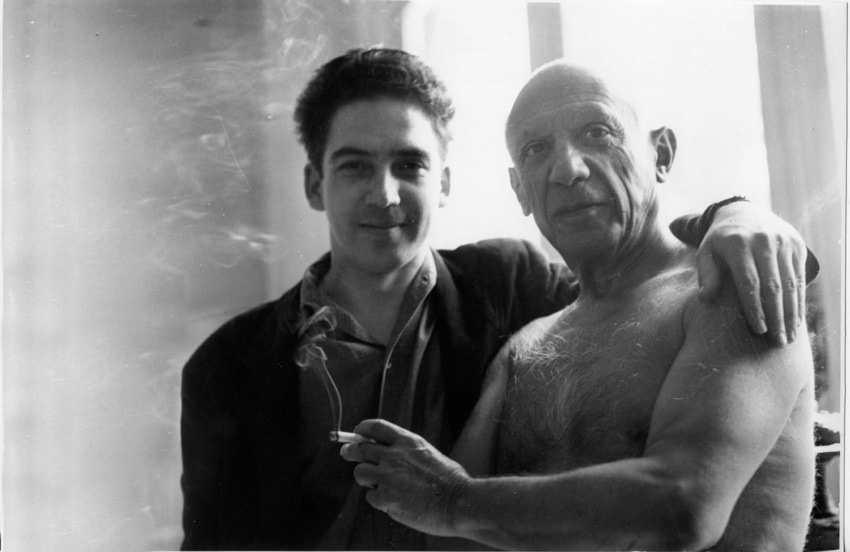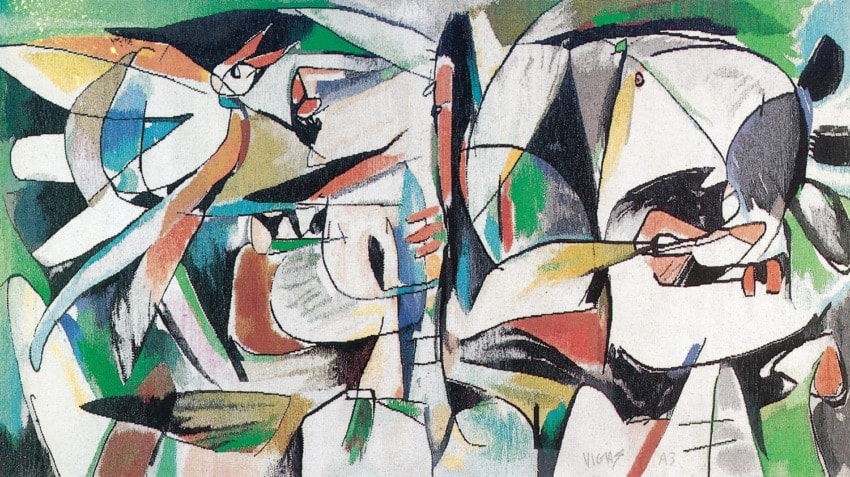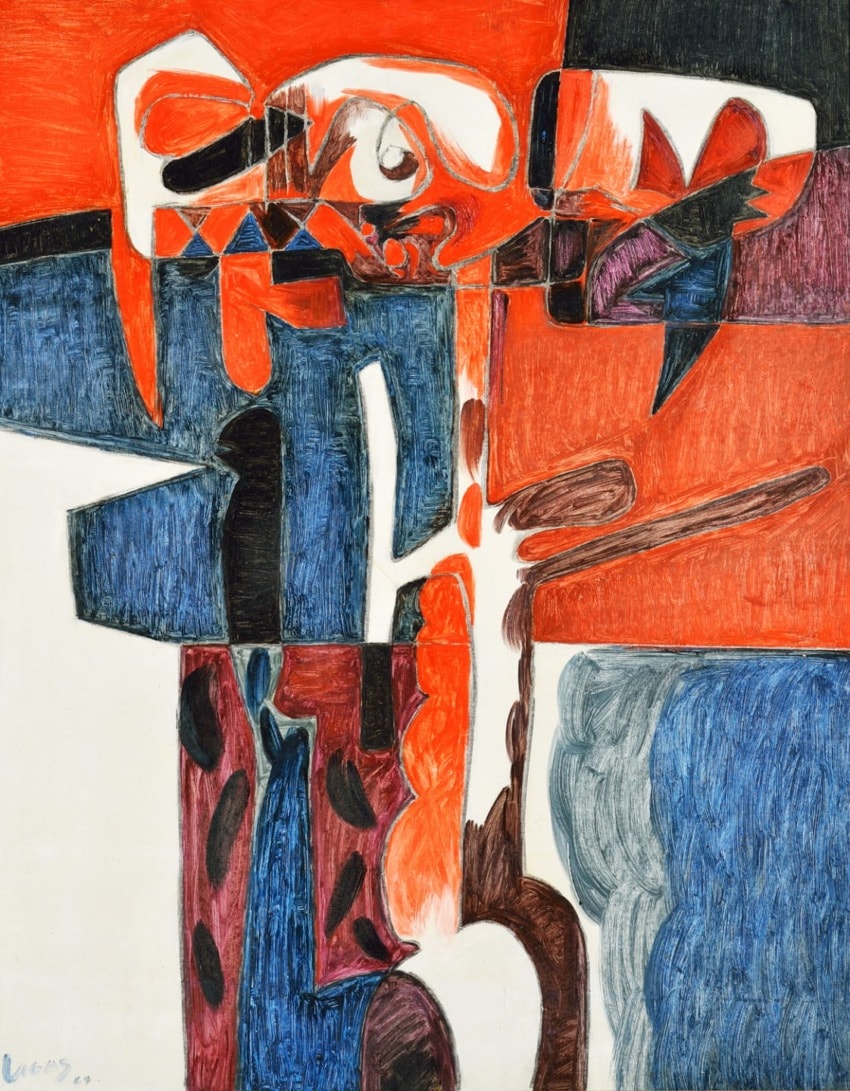Venezuelan Painter Oswaldo Vigas Finally Gets His Due
A traveling retrospective of the undervalued modernist master heads to the U.S.


There’s a story like this for every generation and every country: the great artist who’s not fully appreciated until late. Think of the controversial Italian painter Carol Rama and Brazilian titan Mira Schendel—world-class giants who, because of individualistic temperaments or turbulent times, remained under-sung during most of their lives. Now the iconoclastic Venezuelan painter Oswaldo Vigas—who died in 2014 after a protean 70-year career exploring the dynamics among abstraction, figuration, and bold color—is finally getting the attention he deserves.
“Vigas was an incredibly versatile and multifaceted artist, a true modernist,” says Katja Weitering, artistic director of the Netherlands’ Cobra Museum of Modern Art and co-curator of the traveling retrospective “Oswaldo Vigas: Anthological, 1943–2013.” Born in Venezuela in 1923, Vigas earned a medical degree before moving to Paris in 1952 to become a painter. He spent more than a decade there, investigating Cubism, Surrealism, and Neo-figurative styles. Alongside Latin American peers like Roberto Matta and Wifredo Lam, Vigas drew actively on pre-Columbian and African cultural patrimonies, interweaving their influence with European and American modernism. “Our continent is full of dark signs and warnings,” said Vigas on the occasion of his “Venezuelan Witches” exhibition, in Caracas in 1966. “Telluric signs, magic, and exorcisms are deep components of our condition. The intention of my painting is to reach these signs, interpret them, and translate these symbols into new warnings.”

On his return to Venezuela in 1964, Vigas produced an enormous volume of paintings, sculpture, prints, ceramics, and tapestries, many of which are on view in his retrospective, which has toured several South American cities, with plans for it to travel to the U.S. and Europe. More than 30 Vigas works have come to auction in the past decade, of which 12 have sold for more than $100,000 each.

Why is Vigas only now getting attention? Perhaps because the artist “hated art dealers,” says his son, filmmaker Lorenzo Vigas, whose documentary about his father, The Orchid Seller, premiered at the Venice International Film Festival last year.

“In the art world today, there is a strong interest in rediscovering modern masters who have been left out of the canon and under-recognized by the market,” says Kaeli Deane, head of sales for Phillips’s Latin American department. “Vigas is a perfect example of this: a historically important artist whose name has rarely been discussed until now.”